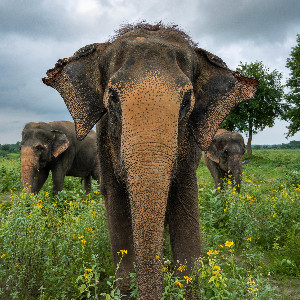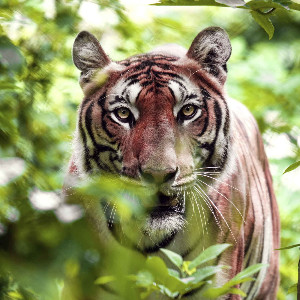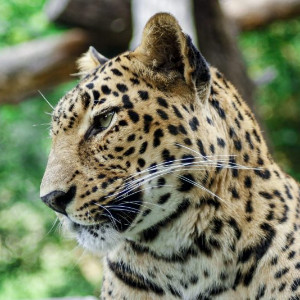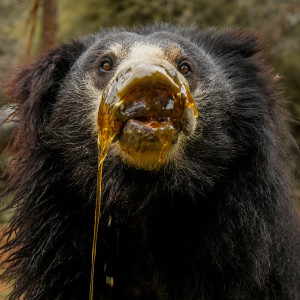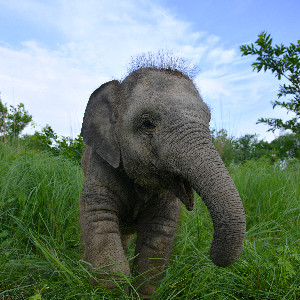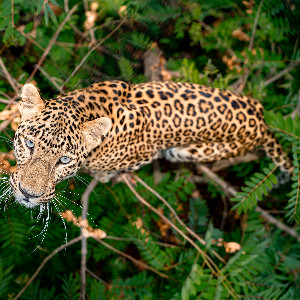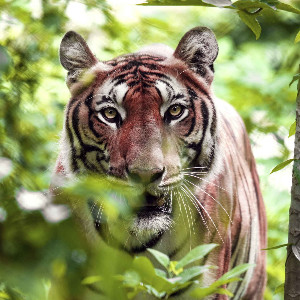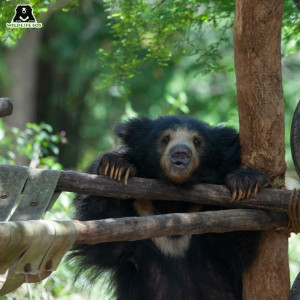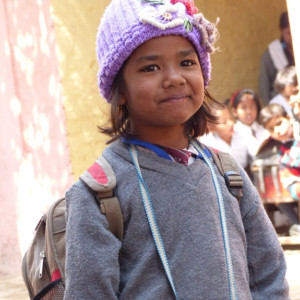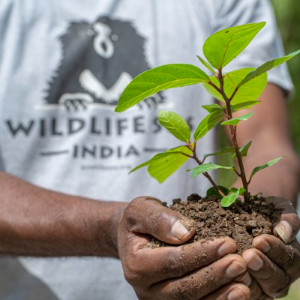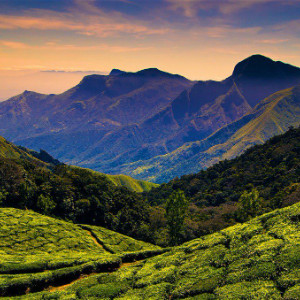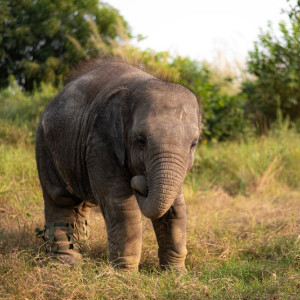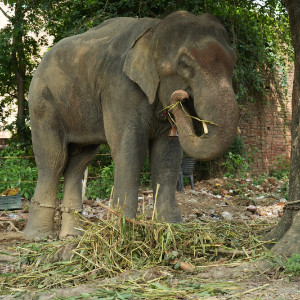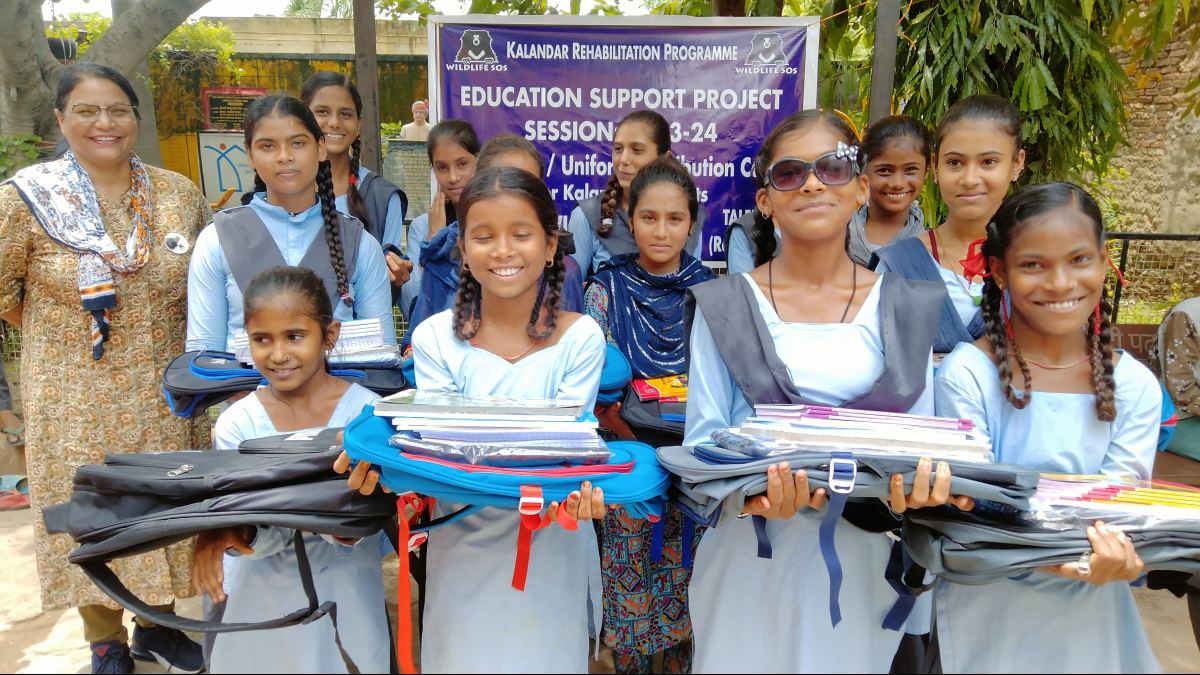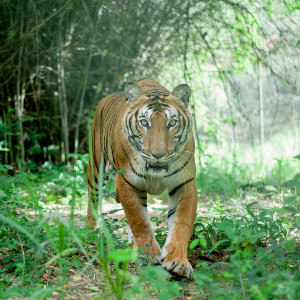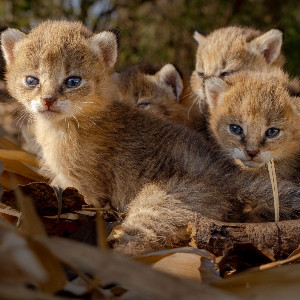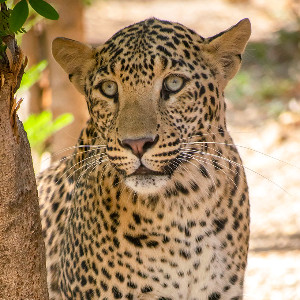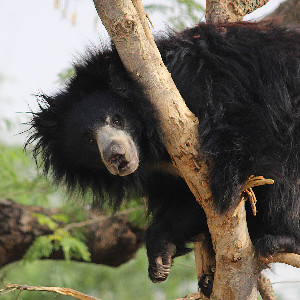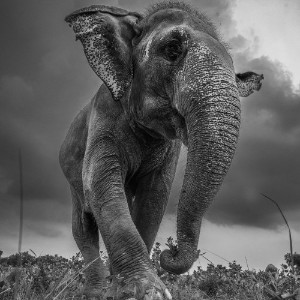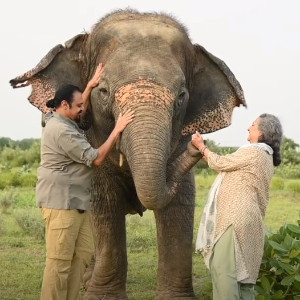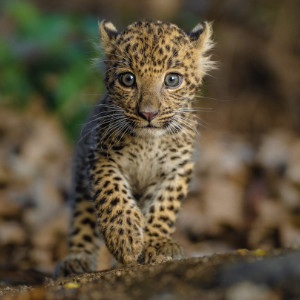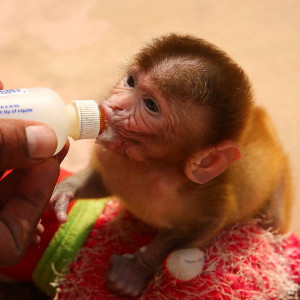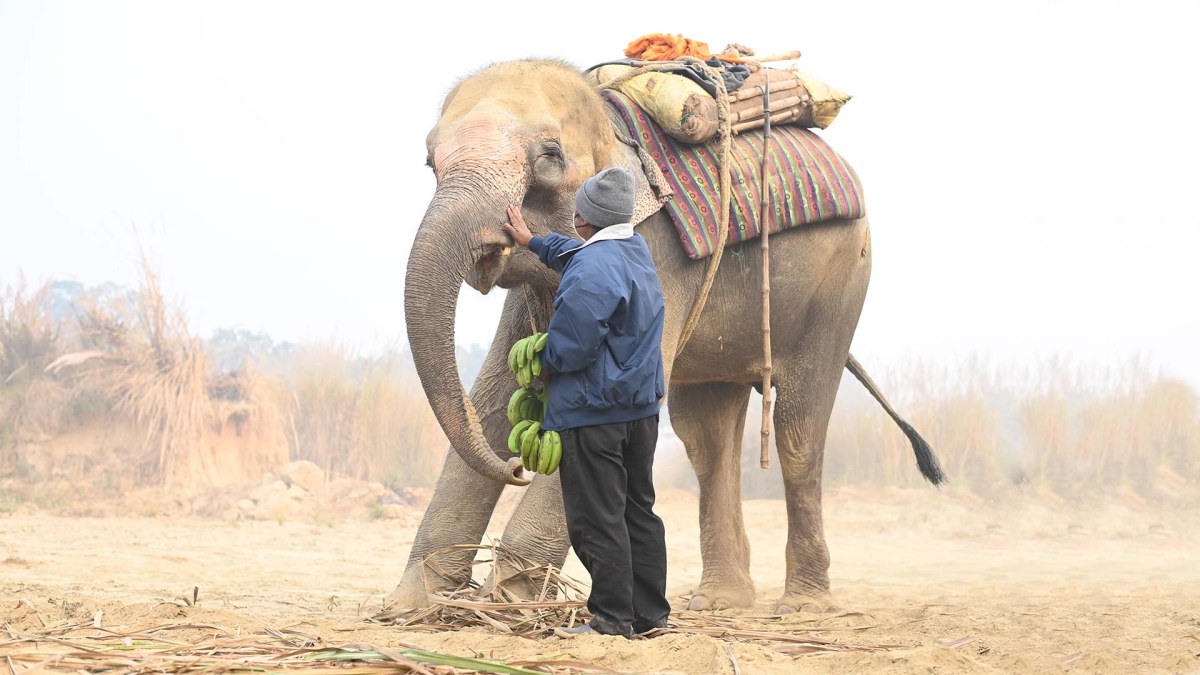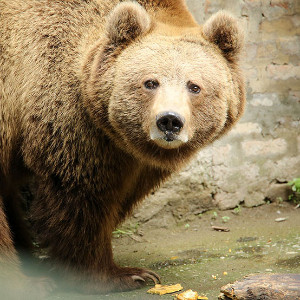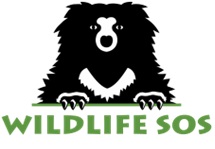
Wildlife SOS
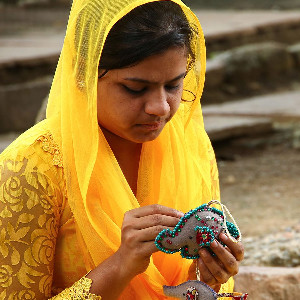
Tribal Rehabilitation Program
₹ 500
tax benefit: 50%
The Wildlife SOS Tribal Rehabilitation Program is a key initiative aimed at providing alternative livelihoods and support to indigenous communities that historically depended on exploiting wildlife for their sustenance. This program specifically focuses on the Kalandars and Sapera communities, both of whom were traditionally involved in activities like the exploitation of animals for entertainment, such as bear dancing and snake charming.
Kalandars Community:
The Kalandars were traditionally known for their practice of dancing bears, particularly sloth bears. They relied on this practice for centuries to earn a living, where bears were trained to "dance" for spectators. This practice was not only harmful to the animals but also illegal under India’s wildlife laws.
Sapera Community:
The Sapera or snake-charming community similarly used snakes like cobras for street performances, relying on this ancient practice for their livelihood. Like the Kalandars, the practice became unsustainable and illegal due to wildlife protection laws, leaving the community with few economic alternatives.
Key Components of the Wildlife SOS Tribal Rehabilitation Program:
-
Alternative Livelihoods:
- Vocational Training: Wildlife SOS offers skills training to both Kalandars and Sapera communities to help them transition away from exploiting wildlife.
- Employment Opportunities: Wildlife SOS also provides direct employment opportunities, including positions in our wildlife rescue centers, where some community members work as animal caretakers, security personnel, or in other roles.
- Microenterprise Development: Wildlife SOS assists in establishing small businesses and cooperatives for these communities.
-
Education and Kalandar community Development:
- Children’s Education: As part of the long-term sustainability of the rehabilitation program, Wildlife SOS promotes education for the children of Kalandar community, ensuring they have better opportunities and do not return to the wildlife exploitation practices of their ancestors.
- Health and Welfare: The program also provides healthcare and welfare support to families, addressing immediate needs such as medical care, sanitation, and nutritional support.
- Women Empowerment: Special programs are designed for women in the communities, providing them with vocational training and income-generating activities to ensure financial independence.
-
Legal and Social Support:
- Wildlife SOS helps these communities navigate the legal challenges of transitioning out of illegal wildlife practices. They provide guidance in obtaining government support, legal documents, and access to social welfare schemes.
-
Wildlife Conservation Awareness:
- Wildlife SOS engages the Kalandars and Saperas in wildlife conservation activities, turning them into wildlife advocates. By involving these communities in conservation education, they help raise awareness about wildlife protection laws and the importance of conserving species like sloth bears and snakes.
- Some former Kalandars and Saperas have become champions for animal welfare, participating in awareness campaigns that educate others about the harms of animal exploitation.
Impact:
The Tribal Rehabilitation Program has successfully transformed the lives of thousands of Kalandars and Saperas by providing them with sustainable, dignified livelihoods. It has also made a significant impact on wildlife conservation, particularly in ending the practice of bear dancing and reducing snake charming. The program is a model for how communities that traditionally rely on wildlife exploitation can transition to new, more sustainable ways of living while helping protect wildlife.
By supporting this program, you can contribute to both wildlife conservation and community empowerment, helping to break the cycle of poverty and wildlife exploitation while promoting sustainable development.
For more details, contact: care@wildlifesos.org
Tribal Rehabilitation Program
The Wildlife SOS Tribal Rehabilitation Program is a key initiative aimed at providing alternative livelihoods and support to indigenous communities that historically depended on exploiting wildlife for their sustenance. This program specifically focuses on the Kalandars and Sapera communities, both of whom were traditionally involved in activities like the exploitation of animals for entertainment, such as bear dancing and snake charming.
Kalandars Community:
The Kalandars were traditionally known for their practice of dancing bears, particularly sloth bears. They relied on this practice for centuries to earn a living, where bears were trained to "dance" for spectators. This practice was not only harmful to the animals but also illegal under India’s wildlife laws.
Sapera Community:
The Sapera or snake-charming community similarly used snakes like cobras for street performances, relying on this ancient practice for their livelihood. Like the Kalandars, the practice became unsustainable and illegal due to wildlife protection laws, leaving the community with few economic alternatives.
Key Components of the Wildlife SOS Tribal Rehabilitation Program:
-
Alternative Livelihoods:
- Vocational Training: Wildlife SOS offers skills training to both Kalandars and Sapera communities to help them transition away from exploiting wildlife.
- Employment Opportunities: Wildlife SOS also provides direct employment opportunities, including positions in our wildlife rescue centers, where some community members work as animal caretakers, security personnel, or in other roles.
- Microenterprise Development: Wildlife SOS assists in establishing small businesses and cooperatives for these communities.
-
Education and Kalandar community Development:
- Children’s Education: As part of the long-term sustainability of the rehabilitation program, Wildlife SOS promotes education for the children of Kalandar community, ensuring they have better opportunities and do not return to the wildlife exploitation practices of their ancestors.
- Health and Welfare: The program also provides healthcare and welfare support to families, addressing immediate needs such as medical care, sanitation, and nutritional support.
- Women Empowerment: Special programs are designed for women in the communities, providing them with vocational training and income-generating activities to ensure financial independence.
-
Legal and Social Support:
- Wildlife SOS helps these communities navigate the legal challenges of transitioning out of illegal wildlife practices. They provide guidance in obtaining government support, legal documents, and access to social welfare schemes.
-
Wildlife Conservation Awareness:
- Wildlife SOS engages the Kalandars and Saperas in wildlife conservation activities, turning them into wildlife advocates. By involving these communities in conservation education, they help raise awareness about wildlife protection laws and the importance of conserving species like sloth bears and snakes.
- Some former Kalandars and Saperas have become champions for animal welfare, participating in awareness campaigns that educate others about the harms of animal exploitation.
Impact:
The Tribal Rehabilitation Program has successfully transformed the lives of thousands of Kalandars and Saperas by providing them with sustainable, dignified livelihoods. It has also made a significant impact on wildlife conservation, particularly in ending the practice of bear dancing and reducing snake charming. The program is a model for how communities that traditionally rely on wildlife exploitation can transition to new, more sustainable ways of living while helping protect wildlife.
By supporting this program, you can contribute to both wildlife conservation and community empowerment, helping to break the cycle of poverty and wildlife exploitation while promoting sustainable development.
For more details, contact: care@wildlifesos.org

